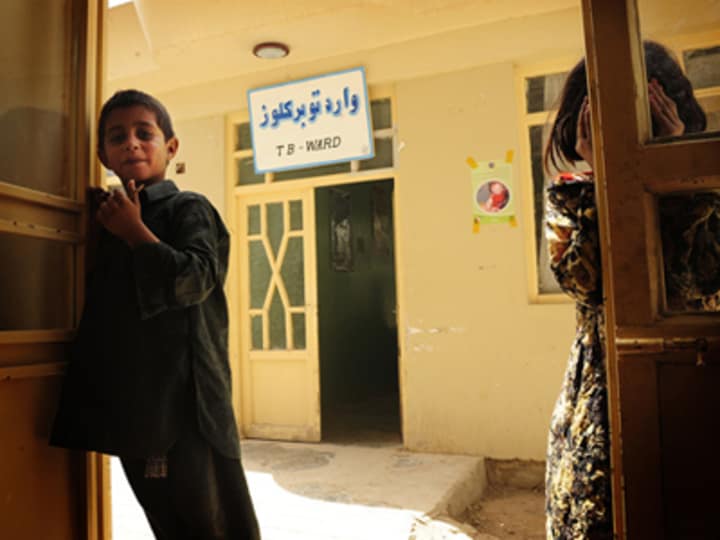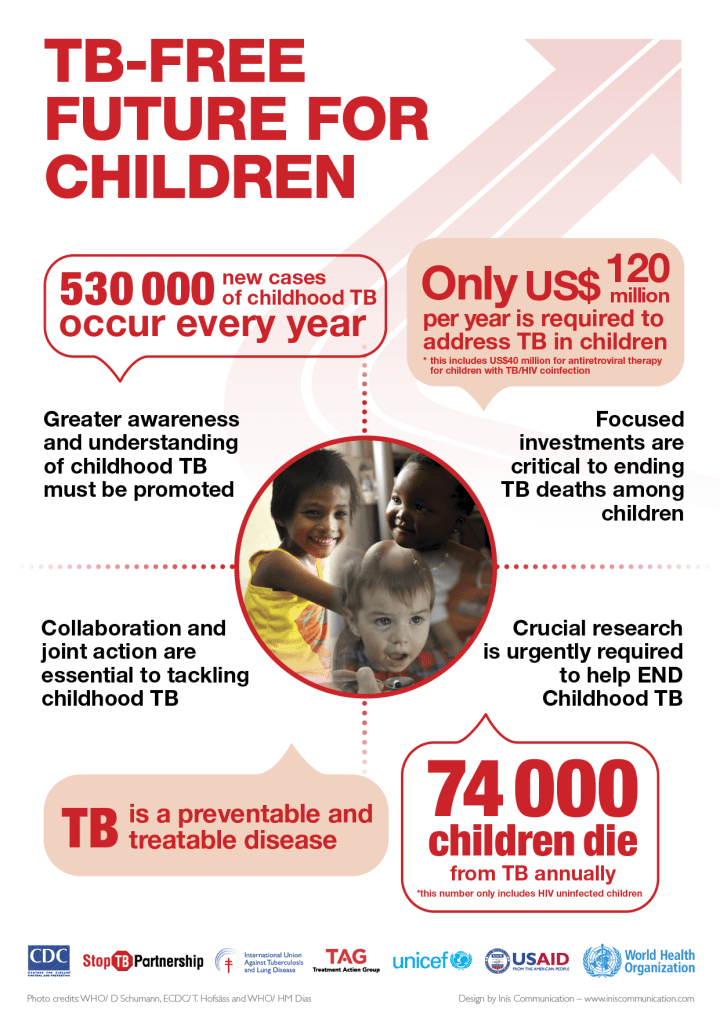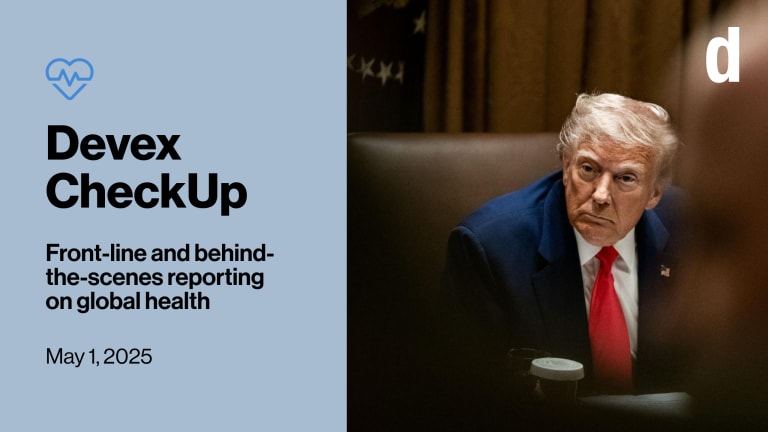
Sita was a shiny-eyed, energetic three-year-old who loved to dance despite the meningitis that hospitalized her, robbed her of eyesight… and initially masked her underlying tuberculosis. Avni, eight, bedridden in a hospital for months with a severe leg wound, passed the time by reading voraciously, wondering why her infection wouldn’t heal.
Fortunately, the lives of these young girls were saved because doctors in their rural Indian village had been trained to look for TB in every organ of the body.
Sadly, 74,000 children around the world each year are not as lucky as Sita and Avni. That is the annual death toll from childhood tuberculosis, and even higher when HIV/AIDS-related deaths are included.
Compounding the tragedy is that those deaths are preventable.

One reason is that TB in children often lurks beneath — and is masked by — other diseases and symptoms; and, identifying it is further hampered by difficulties in applying current diagnostic methods to children. Health professionals and health systems in many countries are not adequately prepared to detect and manage childhood TB.
Perhaps most important is that childhood TB prevention, diagnosis and treatment need not only to become a higher priority within existing TB services, but also integrated into broader child and community health systems. The tragedy here is that countless opportunities are lost to find and treat TB in children early, when young lives can still be saved.
To that end, an important roadmap to achieve these goals and more — one that demonstrates the goal can be reached — is being published on Monday in Washington, D.C. by the World Health Organization, Stop TB Partnership, the International Union Against Tuberculosis and Lung Disease, U.S. Centers for Disease Control and Prevention, the U.S. Agency for International Development, UNICEF and the Treatment Action Group.
The report, entitled “Roadmap for Childhood TB: Towards Zero Deaths,” outlines direct, immediate actions to address this crisis, and makes clear that by scaling up the tools we currently have, and investing modestly in improved approaches for the future, those 74,000 boys and girls who die each year can indeed be saved, as were Sita and Avni.
What will it take? Primarily, four broad areas of effort: promoting greater awareness and understanding of childhood TB, collaboration and joint action, focused investments and continued research. The roadmap outlines 4 overall paths — comprising 10 specific steps — to achieve this:
Focus: The Roadmap explains why focus must shift from the many challenges we now face, to the immediate actions we can take to accelerate progress.
Tools: Many tools exist to find and prevent TB exist today. We need to get them in the hands of frontline health workers.
Integration: Childhood tuberculosis cannot and should not be the sole responsibility of national TB programs. Especially in high-burden countries, we must use every opportunity to identify youngsters at risk. TB screening needs to be integrated with existing maternal and child care services — not just in health facilities, but throughout the community using a community- and family-centered approach.
Data and research: We must strengthen routine health surveillance and reporting systems. The world needs to make an investment of about $120 million to fund development of better, more effective medicines and approaches for children with TB. This includes clinical trials for new diagnostics and new drugs designed for children.
A total of $120 million ($80 million solely for TB and $40 million for antiretroviral and preventive therapy for children also infected with HIV) is an extremely reasonable price tag. The cost of not making this investment is far greater — both in terms of expensive, ongoing medical treatment for those whose TB goes undetected and untreated, and the economic loss to communities and countries stemming from needless deaths that rob them of potentially productive, healthy adult workers.
Moreover, the human cost and consequences of inaction are unthinkable. Sita and Avni are the fortunate ones, because they survived. How can we look at their siblings, friends and parents in the eye and tell them that the world does not care enough to save those 74,000 young lives each year?
Join the Devex communityand gain access to more in-depth analysis, breaking news and business advice — and a host of other services — on international development, humanitarian aid and global health.


